click thumbnail to see full size image
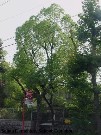
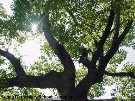
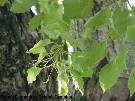
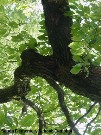
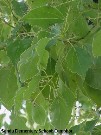
Senda Elementary School |
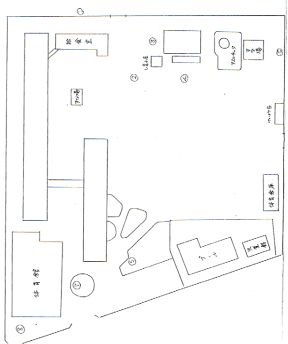
3-7 Senda-machi, Naka-ku
Located near Miyukibashi (bridge) which was made famous by the well-known A-bomb photo, and Senda Park.
There are 18 trees in total (10 different kinds) located at this school, only 3 of which have plaques. Some of the trees are from this school others have been translplanted here from nearby locations.
The school itself was almost completely obliterated in the blast, the only surviving structure being the steel frame of the auditorium, which has been recycled into an aviary.
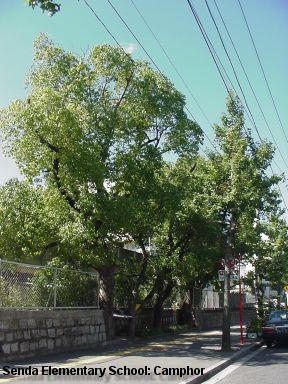
Located on the street by the back entrance are four Camphor trees.
Camphor x 4: 1700m
Plaque:
All of the school buildings at Senda Municipal Elementary School burned down as a result of the atomic bombing on August 6th, 1945. All that was left was the twisted metal frame of the auditorium. After the war, the a-bombed frame was used to create the aviary, which is still in use. Like the aviary, these Camphors were on the grounds during the blast, and have survived to today.
Memorial posted by children:
Distance from hypocenter: 1,700 m
Location at the time: current location
These robust trees withstood the bitter war. Yet, according to the arborist, the area they were growing in was very constricted. As a result, the stone wall was removed to allow the roots to penetrate into the schoolgrounds. The a-bomb survivors living in the neighborhood are filled with joy that the trees have grown so large. As we put together this plaque it is our fervent wish that the trees continue to grow for the sake of the children. Senda Elementary cares for many of the remaining a-bombed trees. They need help from all of us to thrive.
Year 4-3 Mori Masafumi, Kodoi Takako
 |
 |
 |
 |
 |
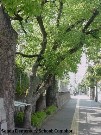 |
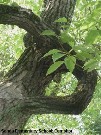 |
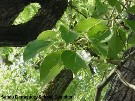 |
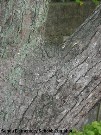 |
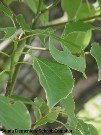 |
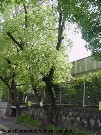 |
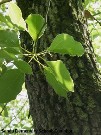 |
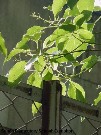 |
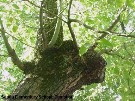 |
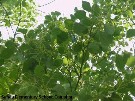 |
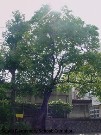 |
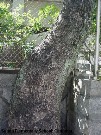 |
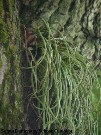 |
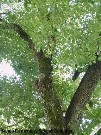 |
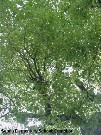 |
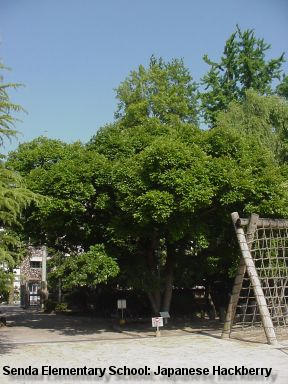
Located just inside the back entrance where the four Camphor trees are located. It was young and stood 10m when bombed.
Japanese Hackberry: 1700?m
Plaque:
This Hackberry was originally situated in Koku-Taiji-Machi at the time of the bombing. It burned due to the blast, but new buds sprouted quickly. It was moved to its present location in accordance with a school beautification project in 1948. There are a number of scars on the trunk facing the direction of the blast. However, the tree was rotated when replanted, and so the scars now face in the opposite direction.
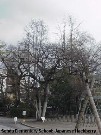 |
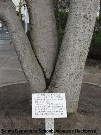 |
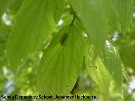 |
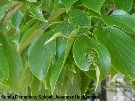 |
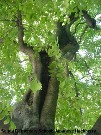 |
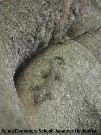 |
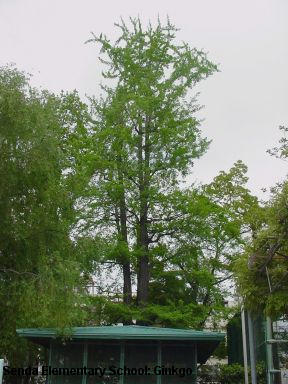
Located next to the aviary, near the back entrance.
Ginkgo: 1700?m
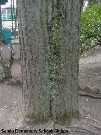 |
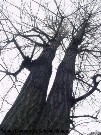 |
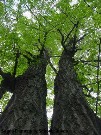 |
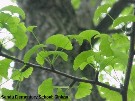 |
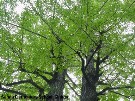 |
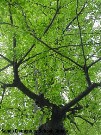 |
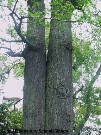 |
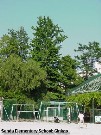 |
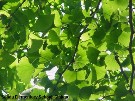 |
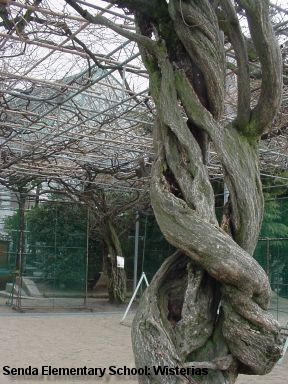
Located between the playground and the aviary. Full violet flowers bloom in May.
Whisteria x 2: 1700?m
Plaque:
The Wisteria was originally situated in front of the cafeteria building, and was about 2/3 of its current size. At that time, it was about the height of a fully-grown person.
The blast from the atomic bomb completely withered the tree. However, buds began to appear almost immediately. Everyone was happy when they saw this.
Then on May 2, 1957, in accordance with construction work on the cafeteria, the tree was moved to its current location in front of the aviary.
All the a-bombed survivors take courage in the recovery of this tree.
I hope that the tree continues to thrive.
The photo shows the tree in its former location, along with a number of school children.
Names...
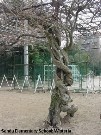 |
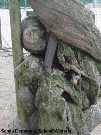 |
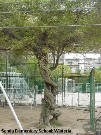 |
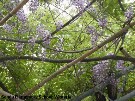 |
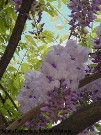 |
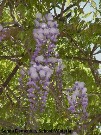 |
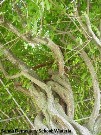 |
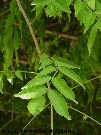 |
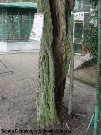 |
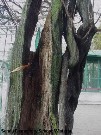 |
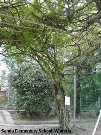 |
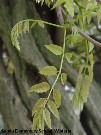 |
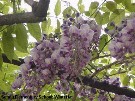 |
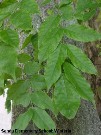 |
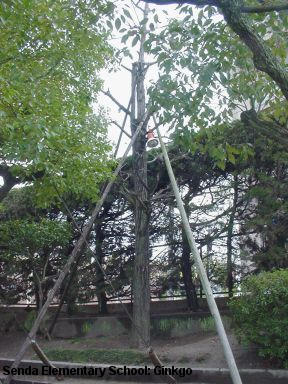
Located at the far end of the playground, by the sandpit.
Ginkgo: 2000?m
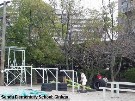 |
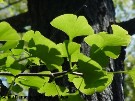 |
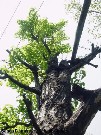 |
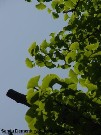 |
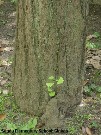 |
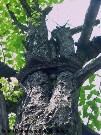 |
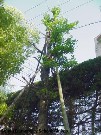 |
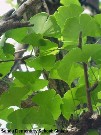 |
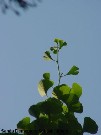 |
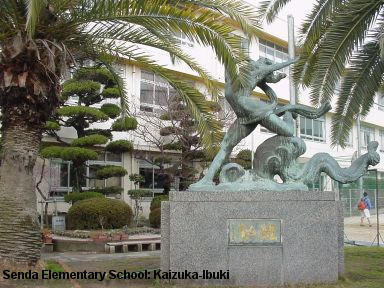
Located between the playground and a building, near the front entrance.
Kaizuka-ibuki x 2: 1700?m
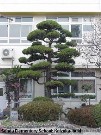 |
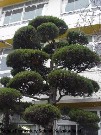 |
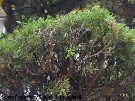 |
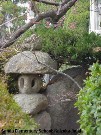 |
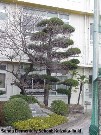 |
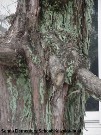 |
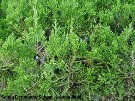 |
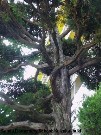 |
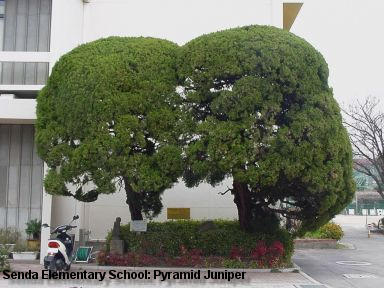
Located by the building directly in front of the main entrance beyond the roundabout.
Pyramid Juniper x 2: 1690m
Plaque:
Senda Public School was completely destroyed in the atomic bombing on August 6, 1945. The only thing that remained was the bent steel framework of the auditorium. After the war, this framework was recycled as an aviary, and is still used as such. Both these pyramid juniper trees and the framework withstood the bombing, and scars from the blast can be seen on the trunks.
Plaque:
Walking in Moonlight
This statue represents the image of lost souls at night in a devastated, charred Hiroshima. They are walking amidst the ruins, searching for their loved ones by pale moonlight.
We owe the properousness of the city today to the bravery of those suffering individuals.
We have erected this statue in consideration of this, and as a token of appreciation for their courage.
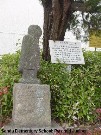 |
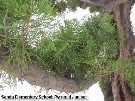 |
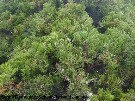 |
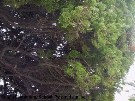 |
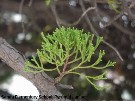 |
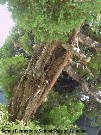 |
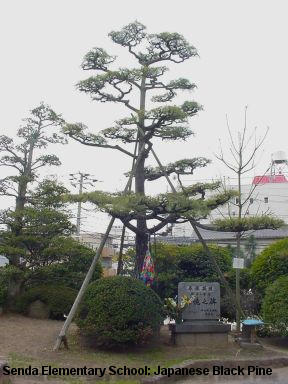
Located in the garden by the roundabout, by the main gate.
Japanese Black Pine: 2150m
Plaque:
This black pine was irradiated at Maria Nursery School at 3-chome Senda-cho and was moved after the war.
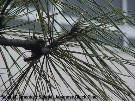 |
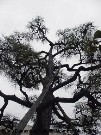 |
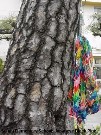 |
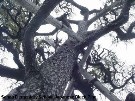 |
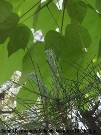 |
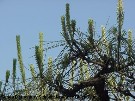 |
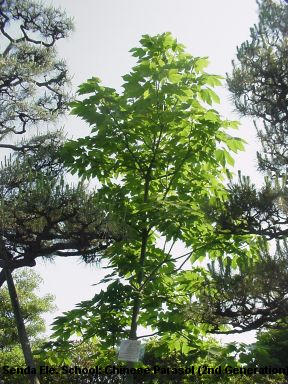
Located in the garden by the roundabout, by the main gate. It is next to the Japanese Black Pine. Its mother is in the peace park.
Chinese Parasol 2nd Generation
Plaque:
The mother of these Chinese parasols was planted in the garden of the old Telecommunications Office in 1933. It was a-bombed on August 6th, 1945. The trunk facing the hypocenter was charred by the blast. However, the bark regrew, and new growth eventually appeared. The now obsolete Telcommunications Office underwent construction in May of 1948, and the tree was moved to Peace Memorial Park in June.
By June of 1987, one of the three trunks had become hollow, and signs of withering were pronounced. Then in July, supports were added out of fear that it would fall during a typhoon. In addition, the collection of seeds and cuttings was suggested lest the tree be lost completely. In October, 200 seeds and 40 cuttings were collected at the Hiroshima Botanical Gardens. In the summer of 1994, as additional restoration efforts, the now considerably weaker trunk was moved to a hothouse environment at the botanical gardens. By 1996, the trunk had withered completely. Currently, two trunks are still alive, producing a number of flowers on a yearly basis. In accordance with a three year plan, the new trees were distributed to all the elementary schools in Hiroshima between 1992 and 1994. They were all quite small at the time, about 10 cm in height.
The Chinese parasol trees were always a source of inspriation to Mr. Numata. These days, Mr. Numata remains positive, despite losing one leg, and feels that the owes his life to the trees. I would like everyone to feel the importance of these robust trees. Be sure to let me know if you see anyone throwing rocks at them or breaking off any branches.
names...
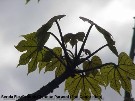 |
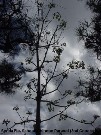 |
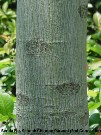 |
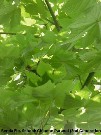 |
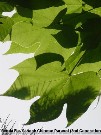 |
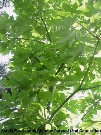 |
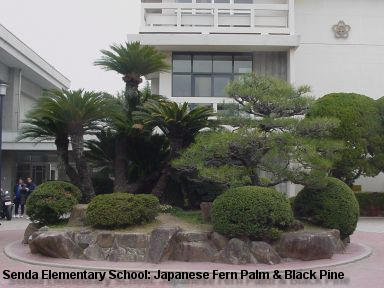
Located in the middle of the roundabout, by the main gate. It is next to the Japanese Black Pine.
Japanese Fern Palm: 2000?m
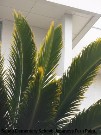 |
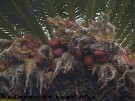 |
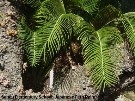 |
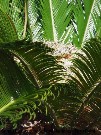 |
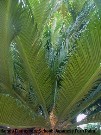 |
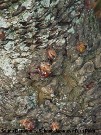 |

Located in the middle of the roundabout, by the main gate. It is next to the Japanese Fern Palm.
Japanese Black Pine: 2000?m
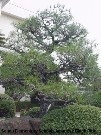 |
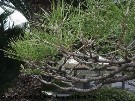 |
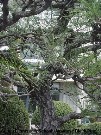 |
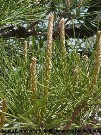 |
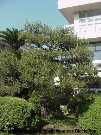 |
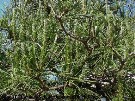 |
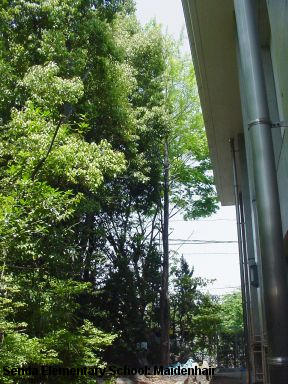
Located to the left of main entrance as you come in, squeezed between the fence and the gym.
Maidenhair: 1650m
Plaque:
Senda Public School was completely destroyed in the atomic bombing on August 6, 1945. The only thing that remained was the bent steel framework of the auditorium. After the war, this framework was recycled as an aviary, and is still used as such. Both this gingko tree and the framework withstood the bombing, and scars from the blast can be seen on its trunk.
Plaque:
The Remains of the Ginkgo
The Ginkgo was on the ground of Senda Municipal School at the time of the blast. All of the branches fell off and for all intents and purposes it was dead. When the grounds were converted to an elementary school, the remains looked rather bleak, and so it was decided to move them to this location. A rope was wrapped around it, and it was hoisted up like a stone using a crane, and then wrapped in wire. People keeping an eye on its condition in the months that followed noticed that new buds had begun to appear. Thus even though damaged on three occasions, it is now a thriving tree. In the Tales of Senda Elementary, Mr. Sakai writes that he was so happy to see the new buds appear. It is important for us to treasure this tree, learning about how it withstood the fierce atomic blast. In doing so, I'd like everyone to come to know what the atomic blast was like.
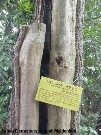 |
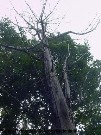 |
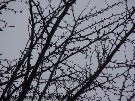 |
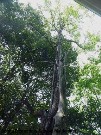 |
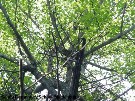 |
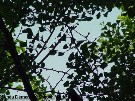 |